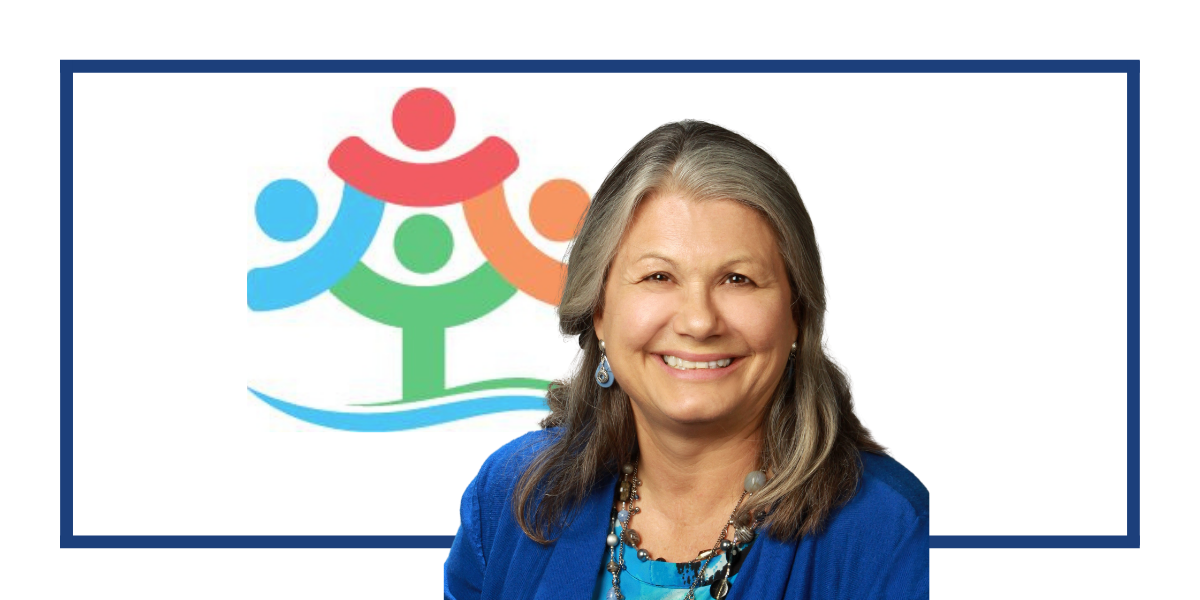There is no question that the transmission of SARS-CoV-2 is increasing. The more people who get infected the greater the risk is for personal, societal, and economic impacts. This is not the time to debate the reality of the data, nor the profound impact it could have on our community. What is open to debate is how we should respond. One of the most common questions we hear is “why are the schools still open when our case rates are so high?”
First, nationwide and even international studies strongly suggest that school transmission can be kept at a minimum with proper mitigation strategies like screening, physical distancing and masking. Despite most schools returning to in-person learning in September there was no immediate surge in cases as a result. Although we expect cases to show up in a school, widespread transmission within a school is not a given. In fact this is exactly what we are seeing throughout Michigan. Despite widespread community spread, our students are not “super spreaders” while in school. This is because while in school physical distancing and masking is enforced and controlled, which is not always the case once they go home. In fact, school could very likely be the safest place some kids go during the course of a day.
Second, the overall benefit of in-person learning greatly outweighs the risk of them going to school (see above). Not just academic learning, but emotional and social development are essential to our health, especially when you comprehend that COVID-19 is not going away any time soon. In the meantime, our kids have to grow and flourish or we will have hell to pay when this pandemic is over. It is incumbent on us to weigh risk vs benefit for keeping our kids in school. As long as the risk of transmitting the virus is lower in schools than it is in the general community, the effort should be to maintain in-person learning.
Finally, NOTHING about this pandemic is static. As we continue to collect data, communicate with the schools and the public, and evaluate the circumstances in each school, we will constantly be re-evaluating how to proceed. It is possible, and even likely that “pauses” will occur with in-person learning. It is possible that school districts will alter their policies for both virtual and in-person learning. It is possible that staffing for schools will be a bigger issue than the risk to students. Return to Learn legislation passed in August provides schools with the flexibility they need to shift how they do things. It also requires them to consult with their local health department “to develop guidelines on appropriate methods for delivering pupil instruction for the 2020-2021 school year that are based on local data however, a determination concerning the method for delivering pupil instruction remains with the district.” St. Clair County schools have been working hard to find the balance between harm reduction and schooling with the student’s best interest at heart. We are confident that moving through this next challenge of high COVID-19 transmission, decisions will be made based on the strongest data available, integrity and the desire to provide our children the best education possible.
Yours in Health,
Annette Mercatante, MD, MPH
Medical Health Officer
St. Clair County Health Department
Submitted by the St. Clair County Health Department


